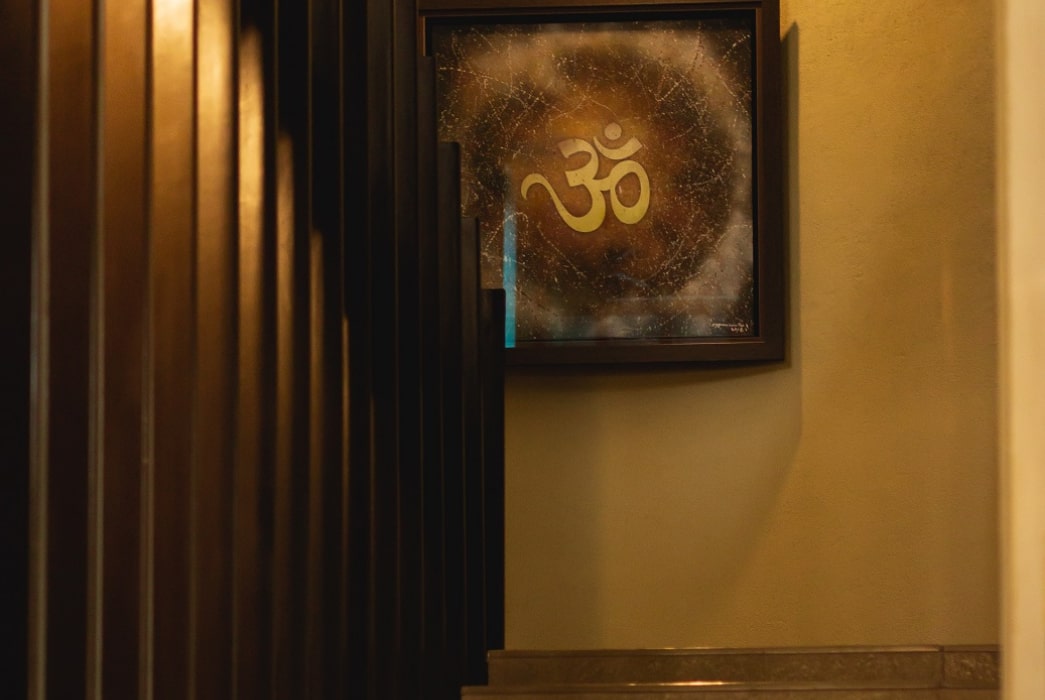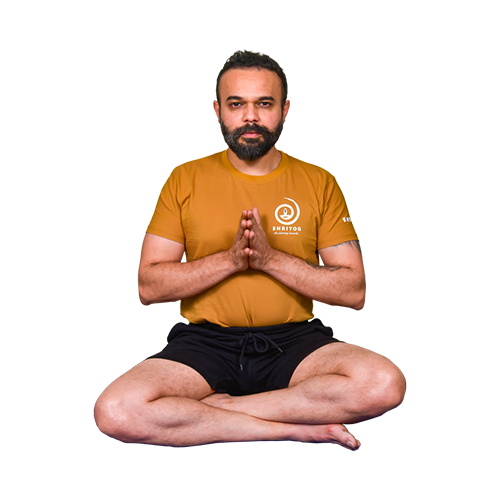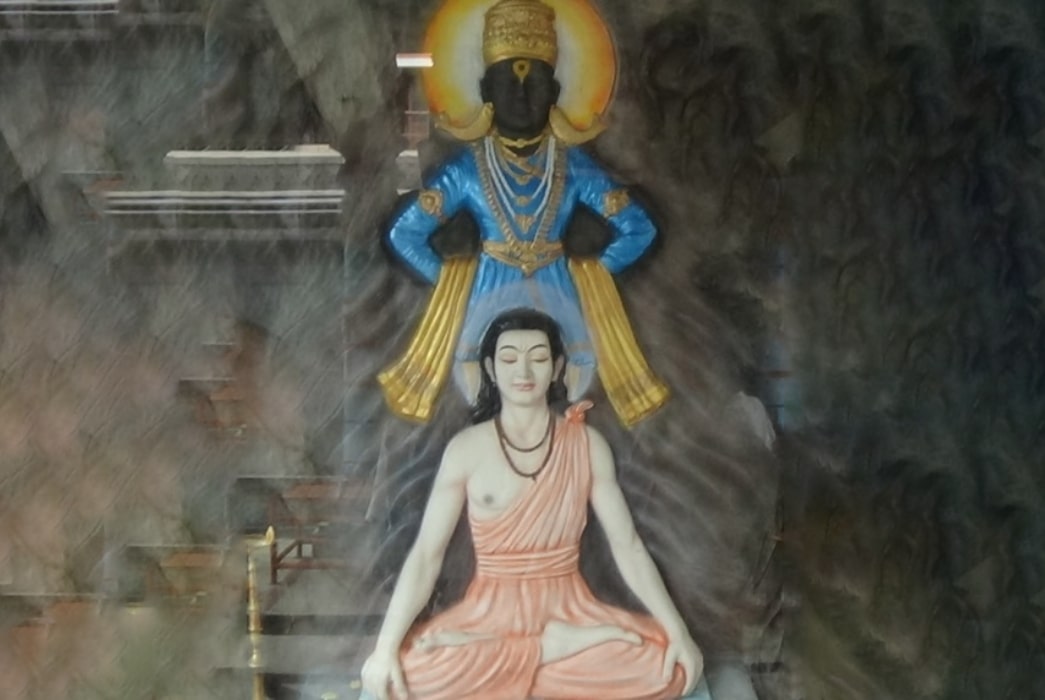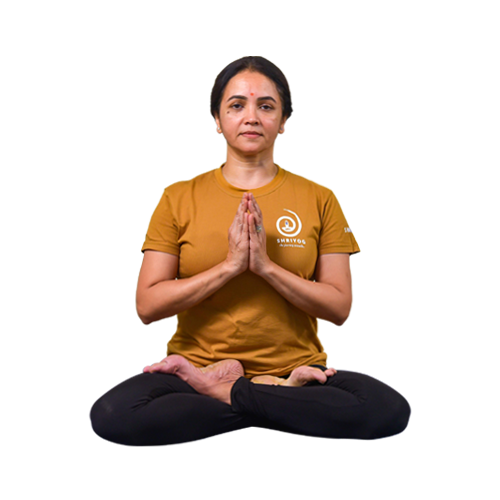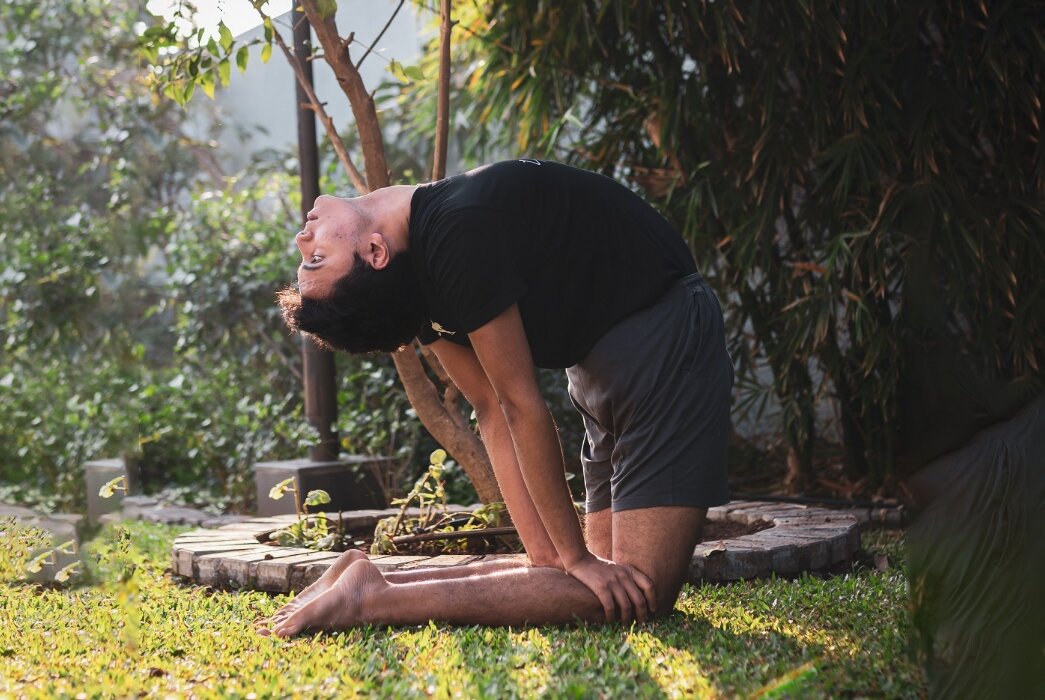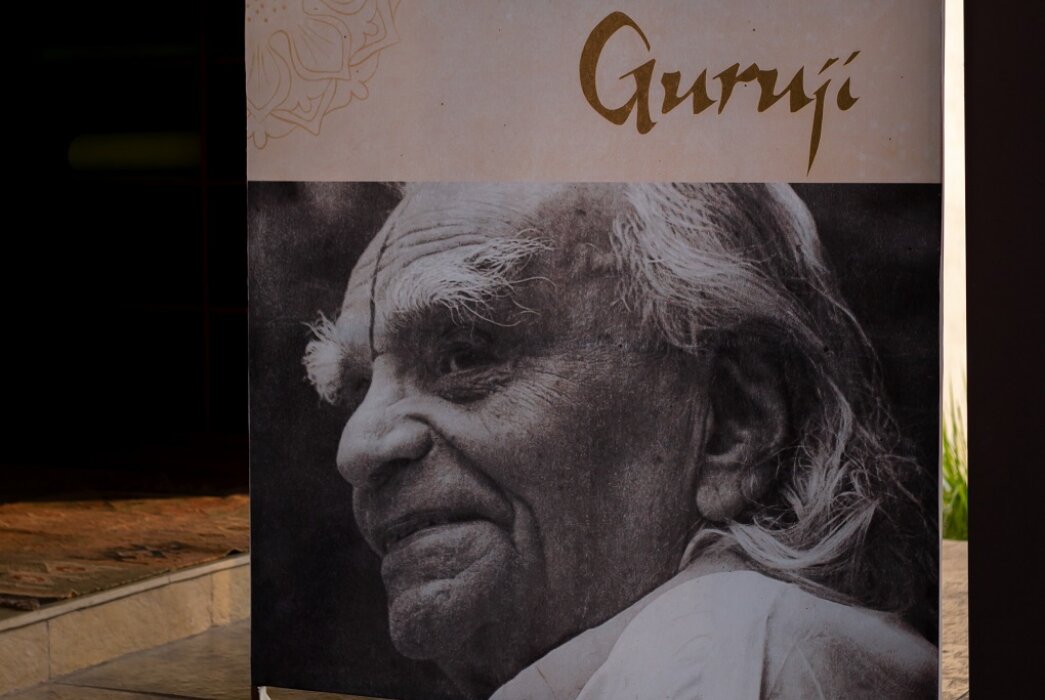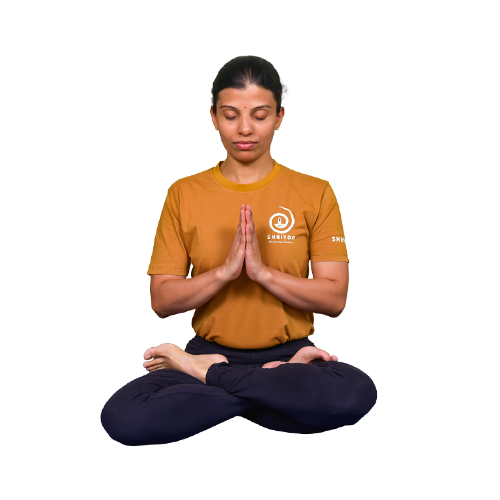Light on Hatha Yog Pradipika
Composed by Svatmarama, Hatha Yog Pradipika was originally written between the 14th and 16th century. Although it is popularly known as Hatha Yog Pradipika, Svatmarama preferred referring to it as Hatha Pradipika. Svatmarama introduces his Yog system as preparatory stage for physical purification that the body practices for higher meditation or Yoga. The treatise significantly embodies four chapters known as the teaching techniques, Upadesa Sastra, but a fifth chapter is included in some places wherein it emphasizes on the therapeutic application of Yoga
- Prathamopadesa – Description of the techniques of the asanas this chapter deals with Asana, which is known as one of the eight aspects of Ashtanga Yoga.
- Dvitiyopadesa – Description of the techniques of pranayama
- Triyopadesa – Description of the techniques of practice of Mudras, the techniques which are helpful in channelling and awakening the kundalini, the divine energy within.
- Caturthopadesa– Samadhi & signs of Samadhi. This is the concluding chapter that highlights its relevance in leading the practitioner towards Samadhi, the highest goal.
Svatmarama clearly points out that Hatha Yog vidya and Raja Yoga vidya are interdependent on one another. Asana is recognised as the 3rd aspect by Patanjali, whereas Svatmarama considers it as Prathamanga, the first aspect, dedicating an entire stanza to cite down the names of yogis like Matsyendranatha, Munis and Rishis like Narada, Vasista and Yajnavalkya.
He further lists the asanas, their names and the technical methods and their effects and emphasizes that one should do Sadhana until one reach’s Samadhi which he names as Raja Yoga.
